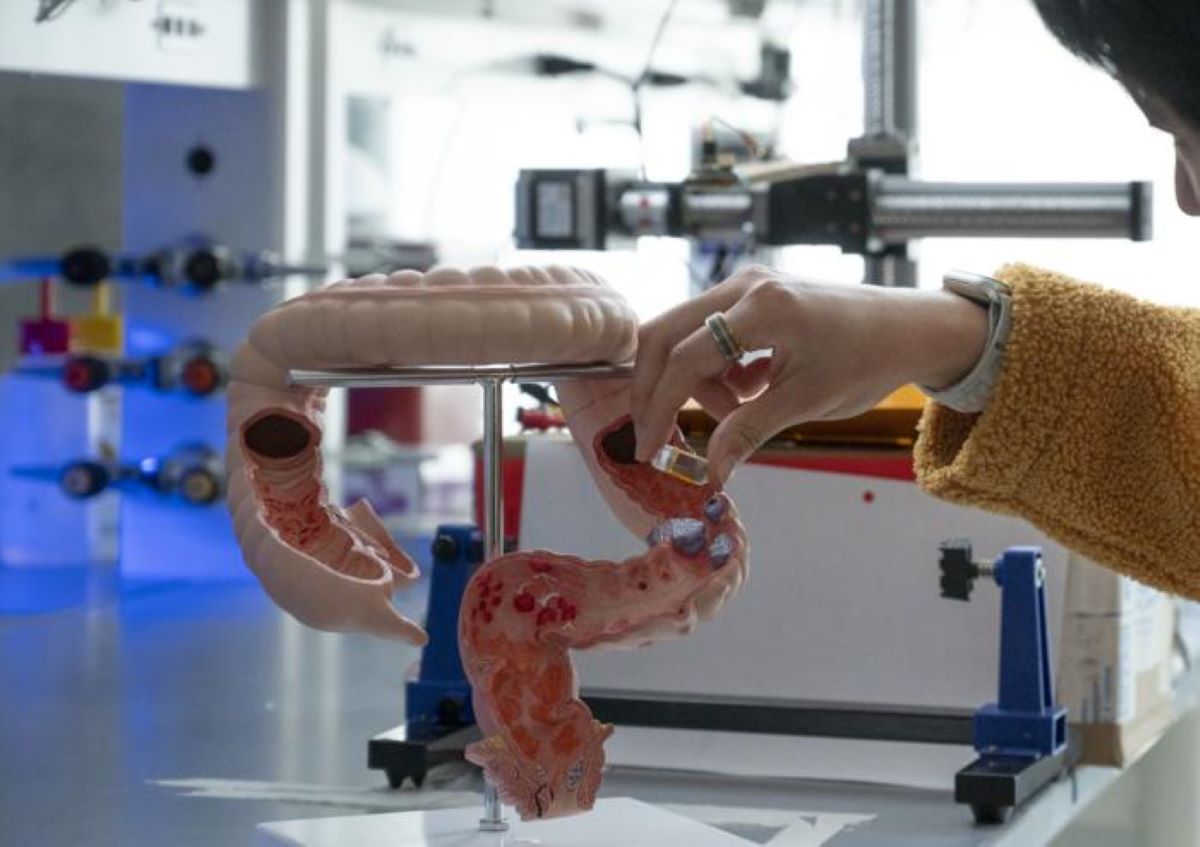Time: 2024-06-18
Recent technological advancements have enabled the development of new cutting-edge medical devices, including surgical robots, sensors that can monitor physiological processes and VR platforms to train doctors. A long-standing goal for medical technology engineers is to also create devices that can be ingested or otherwise inserted within the human body to observe or track the activity of specific organs. The ability to record high-quality electrophysiology data from the gastrointestinal tract and enteric nervous system is of use in understanding a variety of disorders and improving health care via early diagnosis.

Scientists at the University of Southern California have developed an artificial intelligence (AI)-powered system to track tiny devices that monitor markers of disease in the gut. Devices using the novel system may help at-risk individuals monitor their gastrointestinal (GI) tract health at home, without the need for invasive tests in hospital settings. Gas that is formed in the intestines when bacteria break down food can offer insights into a persons health. An AI-enabled ingestible pill for localization and assessing stomach gas profiles in 3D has been developed by researchers at USC.
The device developed by the team at USC aims to empower patients to conveniently assess their GI gas profiles from home and manage digestive health. Next, as they continue to hone the device, researchers plan to test it in pigs to study its safety and effectiveness in an organism with human-like biology. Successful outcomes from these trials will bring the device nearer to readiness for human clinical trials. The practicality of the system is optimistic and believed to be soon applicable for use in humans.